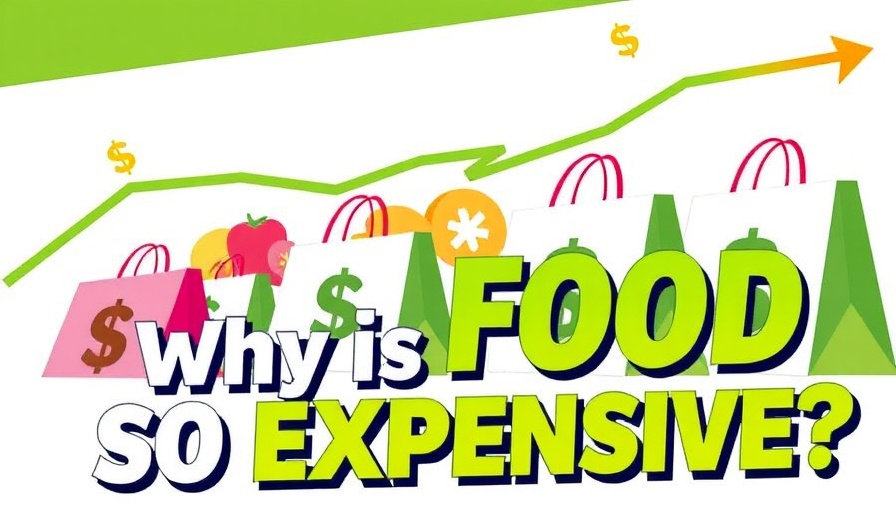
Understanding the Rise in Grocery Prices
In recent years, consumers have likely noticed a substantial increase in grocery bills, particularly from December 2023 to December 2024, when food prices rose by 2.5%. This escalation has left many questioning the driving forces behind what has been labeled "foodflation." The reality is that a combination of factors contributes to this trend, making it essential for shoppers to understand how these elements affect their budgets.
Factors Behind High Grocery Costs
Several key issues have significantly influenced grocery prices. Among them:
- The Bird Flu: The ongoing avian influenza crisis has profoundly affected poultry prices. With over 121 million birds impacted since February 2022, egg prices have seen a staggering increase of 36.8% over the last year. While larger poultry farms face costs, smaller, local producers who managed to keep their flocks disease-free may offer more affordable alternatives.
- Higher Production Costs: The costs to produce food have surged due to rising prices for seeds, fertilizers, and animal feed, which directly impact consumer prices. Furthermore, wage increases among workers in various stages of food production, from farms to processing plans and grocery stores, translate into higher pricing at checkout.
- Extreme Weather: Natural disasters such as droughts and floods continue to disrupt crop production, further complicating availability and pricing of groceries. These climate-related changes not only affect current prices but can carry repercussions that last for years.
Actionable Tips for Budget-Conscious Shoppers
Understanding these factors isn't solely about acknowledging inflation; it's about equipping consumers with strategies to better manage their grocery expenses in challenging times. Here are some effective ways to save:
- Consider local farms for fresh, potentially more affordable eggs and produce.
- Become more mindful of bulk purchases, especially on staple items that have endured price hikes.
- Plan meals around seasonal produce to optimize freshness and value.
Navigating Future Grocery Shopping Trends
As consumers face these elevated prices, the trends may shift in the future depending on global supply chains stabilizing, advancements in farming technology, and resilience strategies adopted by local producers. Awareness and adaptability will be crucial in maintaining effective budgeting strategies.
In this evolving landscape, it's prudent for financial institutions and service providers to understand these shifts. Educating clients on food inflation and providing budgeting tools can help consumers maintain financial stability, even as grocery costs fluctuate. Stay informed and make well-thought-out decisions to navigate these challenging times.
 Add Row
Add Row  Add
Add 



 Add Row
Add Row  Add
Add 


Write A Comment